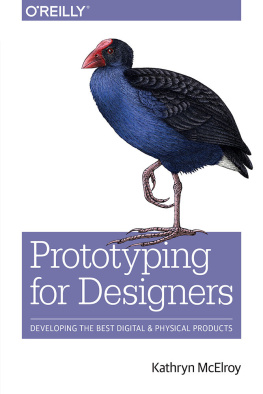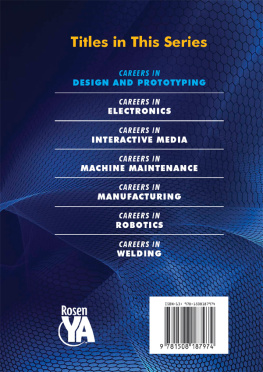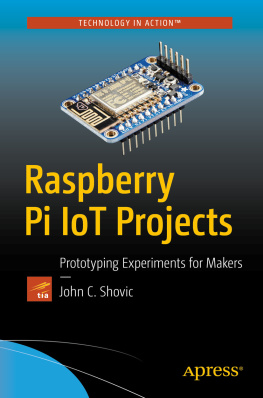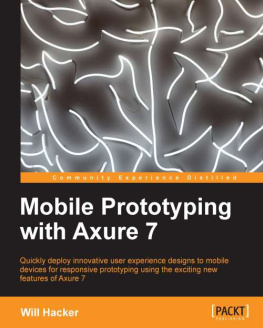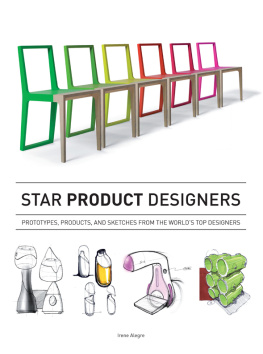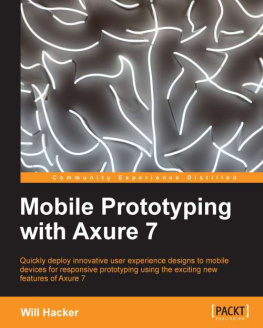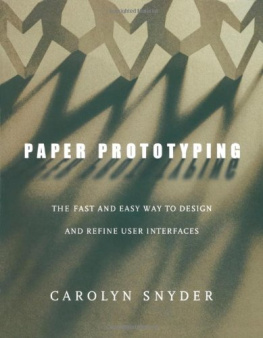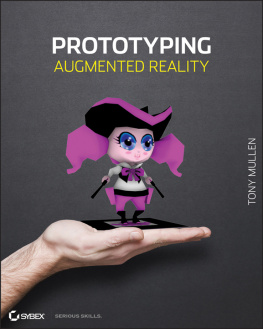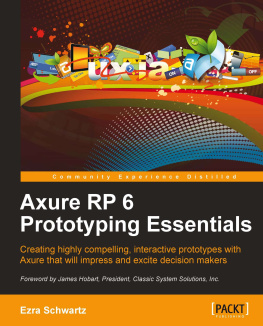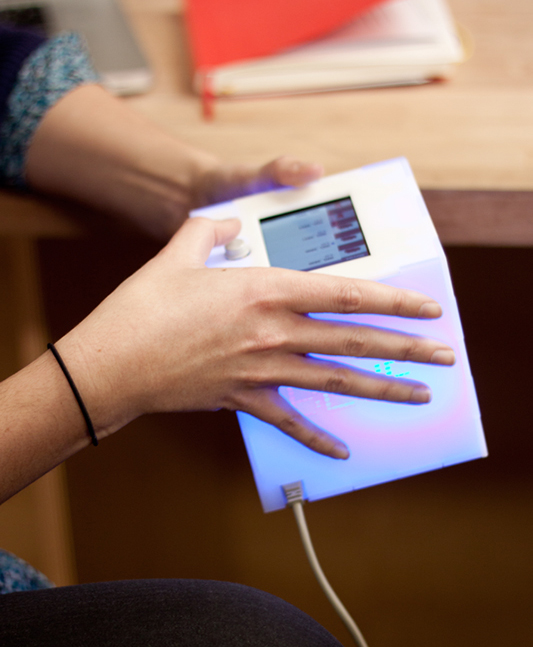Prototyping for Physical and Digital Products
by Kathryn McElroy
Copyright 2016 OReilly Media. All rights reserved.
Printed in the United States of America.
Published by OReilly Media, Inc. , 1005 Gravenstein Highway North, Sebastopol, CA 95472.
OReilly books may be purchased for educational, business, or sales promotional use. Online editions are also available for most titles (http://safaribooksonline.com). For more information, contact our corporate/institutional sales department: 800-998-9938 or corporate@oreilly.com .
- Editor: Angela Rufino
- Production Editor: Colleen Lobner
- Copyeditor: Jasmine Kwityn
- Interior Designer: David Futato
- Cover Designer: Randy Comer
- Illustrator: Rebecca Demarest
- March 2016: First Edition
Revision History for the First Edition
- 2016-03-11: First Release
The OReilly logo is a registered trademark of OReilly Media, Inc. Prototyping for Physical and Digital Products, the cover image, and related trade dress are trademarks of OReilly Media, Inc.
While the publisher and the author have used good faith efforts to ensure that the information and instructions contained in this work are accurate, the publisher and the author disclaim all responsibility for errors or omissions, including without limitation responsibility for damages resulting from the use of or reliance on this work. Use of the information and instructions contained in this work is at your own risk. If any code samples or other technology this work contains or describes is subject to open source licenses or the intellectual property rights of others, it is your responsibility to ensure that your use thereof complies with such licenses and/or rights.
978-1-491-95275-7
[LSI]
Chapter 1. Prototyping for Physical and Digital Products
There seem to be hundreds of new smart objects and apps reaching the market every day. With all of this competition, how do you know that your idea will be influential and that people will buy it? Youve done the market research and found a viable sector, or youre working with a team that has an idea and is rushing toward a minimum viable product (MVP). But how can you truly know that your ideal customer will benefit from your new product or app?
Prototyping and user testing is the best way to make viable products that are impactful for your users. By creating incrementally better prototypes throughout your process, you can get valuable feedback to improve your product. By using real people, instead of merely trusting your gut, and observing how they interact with your prototypes, youll see exactly where they get stuck, what they dont understand, and their visceral reaction to the entire experience. Prototyping is a key to developing a good experience and good user experience design.
In this report, Ill begin with the basics of what prototypes are, with examples from different industries. Then Ill explain why prototyping is important, including the many reasons for and value of prototyping. Ill dig into current approaches and more specifics for prototyping for physical and digital products. Finally, Ill explain how to set up and run user tests with these prototypes.
Physical products in the context of this report means physical-computing, electronics-based products, including smart objects, wearable technology, and Internet-connected devices, whereas digital products are software and apps that we use on devices that are usually screen-based. This report focuses on the abundant opportunities that we have designing for the Internet of Things and how to get started in electronics. It does not cover how to prototype for industrial design or product manufacturing.
By the end of this report, youll understand how to create cheap, fast prototypes at a variety of different fidelity levels and how to user test them to get the best insights to improve your product. Youll feel empowered to take the next step in prototyping for your current project, and I hope that you do!
What Is a Prototype?
Prototypes are created every day for all sorts of situations. Even if you havent consciously been making prototypes, they have most likely intuitively been part of your process or even your daily life. A prototype is a first, typical or preliminary model of something, especially a machine, from which other forms are developed or copied. This preliminary model can be anything that takes an idea thats in your head and gives it a form to test. As long as your goal is to always improve your idea, everything is a prototype. They can be sketches, sculptures, or intricate drawings. Or they can be coded, soldered, and fully functional products.
All sorts of industries create prototypes of their work to test and try out different ideas, as youll read in the following sections.
Architecture
In architecture, prototypes include floor plans (which are drawn and redrawn based on user input and needs), form studies, aesthetic models (). Each of these prototypes has a specific use and improves the building based on the testing of the models.
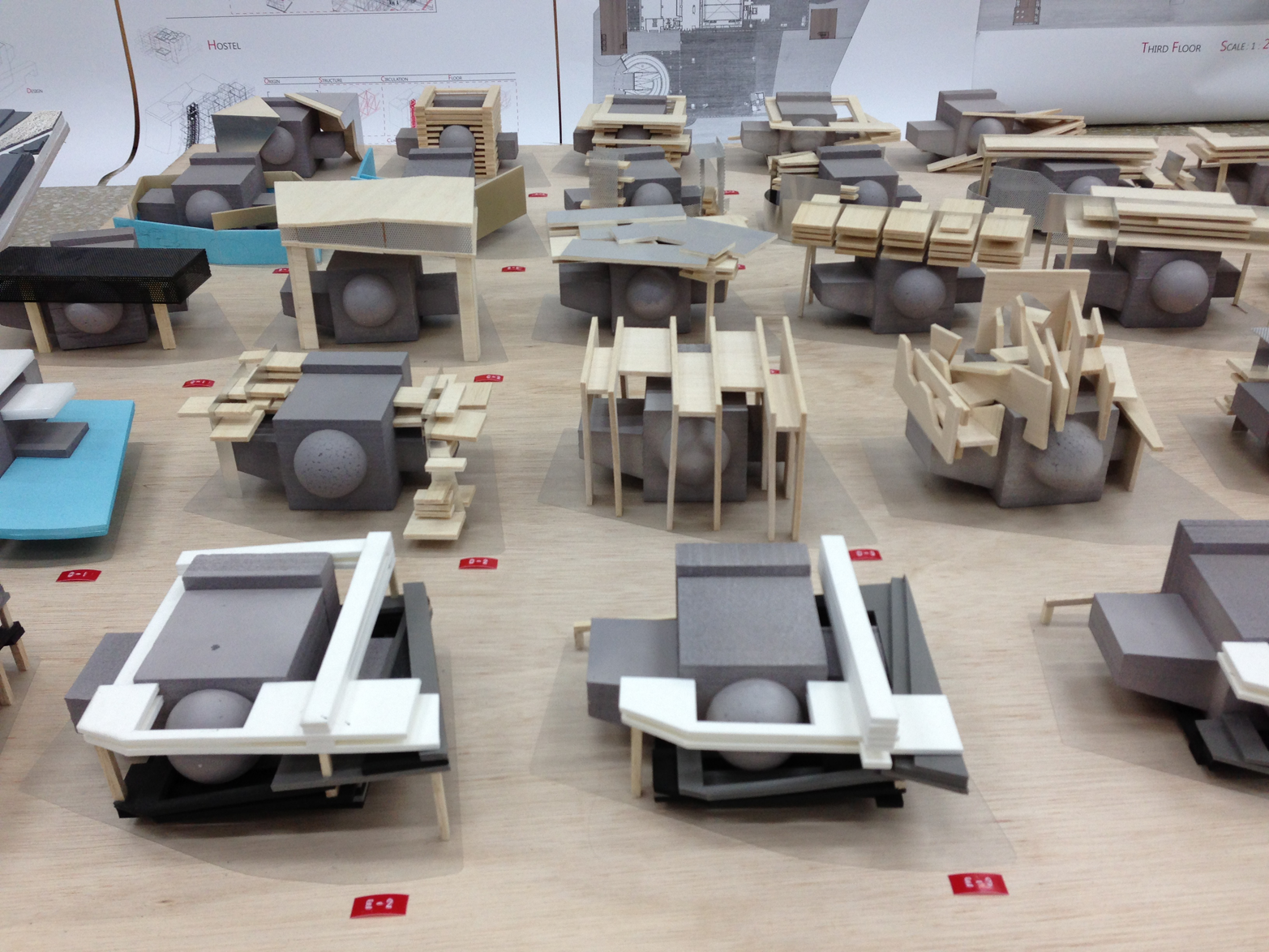
Figure 1-1. Architects make prototypes to explore many alternative form factors before deciding on a direction (photo courtesy of Flickr user Forgemind Archimedia)
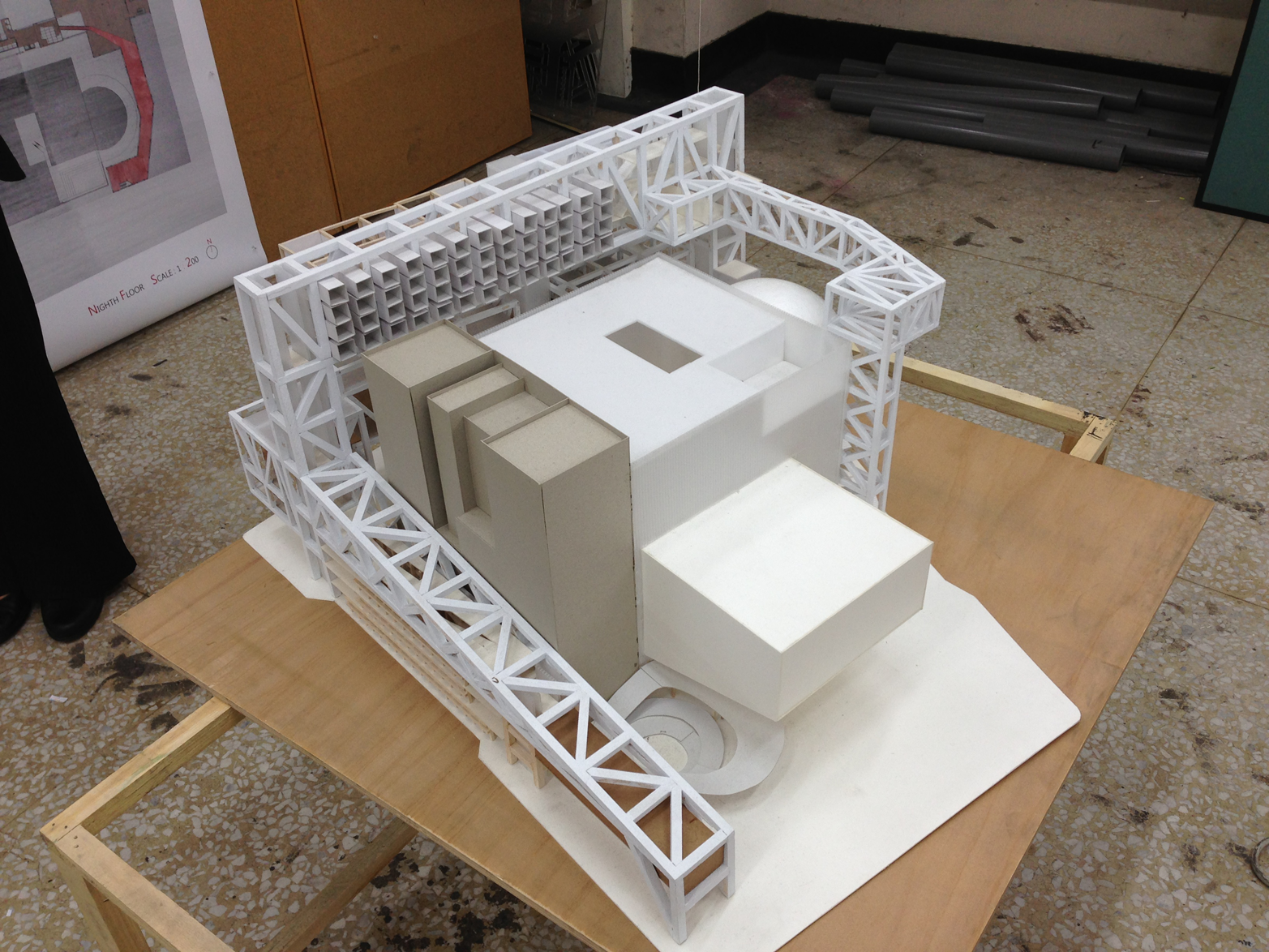
Figure 1-2. More complicated models allow architects to test air flow and daylight for their chosen form (photo courtesy of Flickr user Forgemind Archimedia)
Industrial Design
In industrial design, prototypes include hundreds of sketches, foam models, material studies, ergonomic studies, and final forms (). These short-listed forms are created in the proper materials and tested for material longevity and feel before the final form is chosen and prepared for manufacturing. Industrial designers spend most of their time prototyping their ideas before settling on the proper form for production.
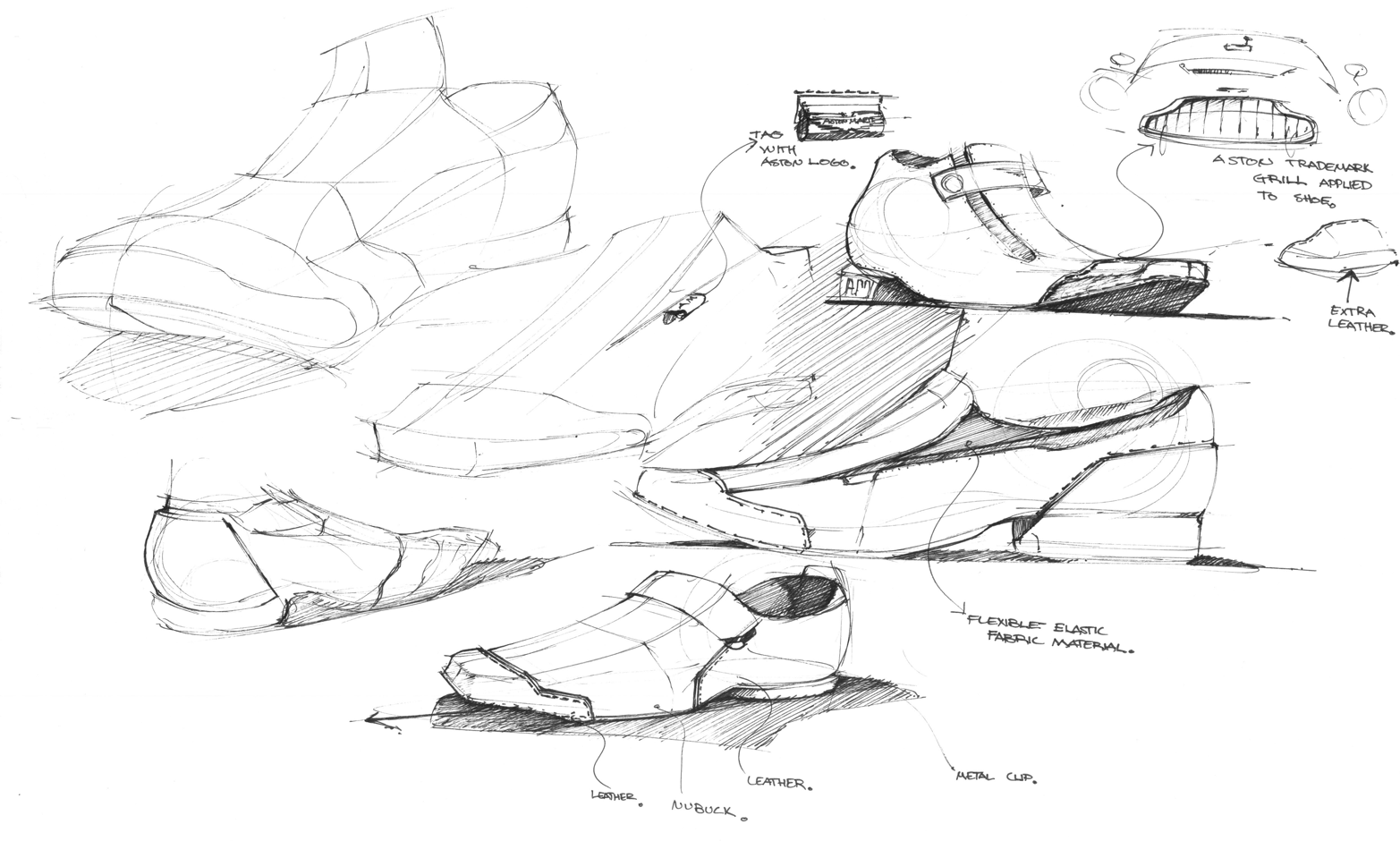
Figure 1-3. Industrial designers sketch and prototype prodigiously before choosing the proper, final form for their specific use case (photo courtesy of Flickr user Kirby)
Personal Electronics
For developing personal electronics, a subset of industrial design, prototypes also begin with sketches and studies of form. Additional layers of complexity for electronics include figuring out the necessary electrical components and needing to test the different component functions. For that purpose, other prototypes include larger electronics to test each individual component (). This type of project also needs material testing and potentially a parallel process of prototyping an accompanying app that will control the personal electronic.

Figure 1-4. Personal electronics require many levels of electronic prototyping, including testing the individual components such as the LED output this prototype is testing


